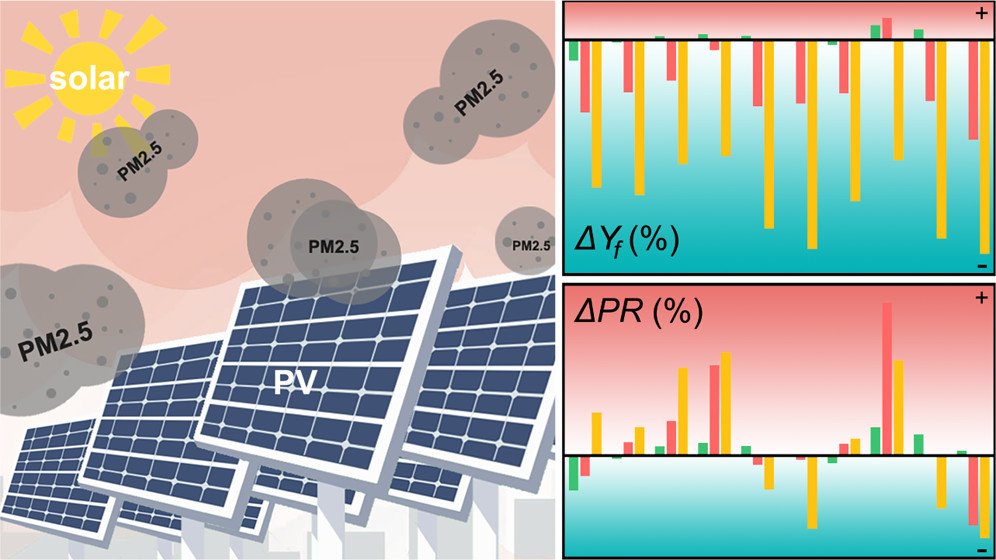In the quest for sustainable energy solutions, solar power shines bright. Yet, its efficiency hinges on data-driven insights. Solar data analysis and solar radiation data play pivotal roles in optimizing solar energy utilization. This article explores the multifaceted benefits of harnessing these data sources, from precise energy production estimations to informed investment decisions, advancing our journey towards a cleaner and more sustainable energy future.
Improved Energy Efficiency
Accurate solar data analysis allows for better energy efficiency. By understanding when and how solar energy is produced, systems can be optimized to capture and convert this energy more effectively. This results in increased energy output and greater overall efficiency.
Enhanced Grid Integration
Solar data analysis facilitates the seamless integration of solar energy into existing energy grids. Grid operators can anticipate fluctuations in solar power generation, enabling them to balance the energy supply and demand more efficiently. This reduces the risk of blackouts and enhances grid stability.
Cost Reduction
Efficient solar data analysis leads to cost reduction in multiple ways. It allows for the optimal deployment of solar panels, ensuring they are positioned to capture the maximum amount of sunlight. Additionally, it reduces the need for backup power sources, lowering operational and maintenance costs.
Predictive Maintenance
Solar data analysis is not limited to energy production. It also supports predictive maintenance of solar installations. By monitoring the performance of solar panels, inverters, and other components, issues can be detected early, reducing downtime and maintenance costs.
Energy Planning and Policy
Governments and policymakers use solar data analysis to inform energy planning and policy decisions. Accurate data helps in setting realistic renewable energy targets and crafting policies that promote the growth of the solar energy sector.
Disaster Preparedness
Solar data analysis helps in disaster preparedness by providing insights into solar power resilience during extreme weather events. Understanding how solar installations perform under adverse conditions helps in developing backup plans and ensuring power availability when it’s needed the most.
Cost Reduction
Through Predictive Maintenance Solar data analysis assists in predictive maintenance by identifying early signs of equipment degradation or failure. This proactive approach reduces maintenance costs, extends the lifespan of solar panels, and ensures consistent energy production.
Energy-Efficient Building Design
Architects and urban planners use solar radiation data to design energy-efficient buildings and urban landscapes. By considering the local solar potential, they can optimise building orientations, reduce energy consumption, and integrate solar solutions seamlessly into the design.
Grid Decentralization and Resilience
Solar data analysis facilitates grid decentralization by enabling the integration of distributed solar resources. Decentralized grids are more resilient, as they can operate independently during grid outages, enhancing energy security and reliability.
These additional points highlight the diverse range of applications and advantages associated with leveraging solar data analysis and solar radiation data in the renewable energy landscape.



